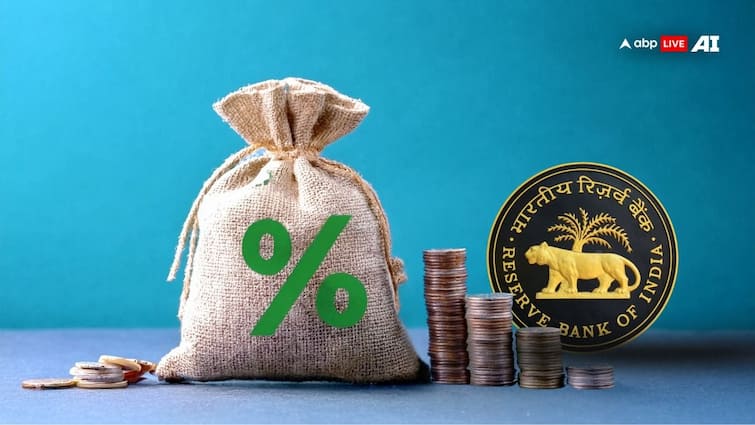A State Bank of India (SBI) research report has recommended a 25 basis points (bps) repo rate cut in the upcoming Reserve Bank of India (RBI) policy review, describing it as the “best possible option” amid easing inflation. However, some economists expect the central bank to hold rates steady, citing global headwinds and tariff-related pressures.
The RBI’s Monetary Policy Committee (MPC), chaired by Governor Sanjay Malhotra, began its three-day meeting on Monday, with the decision due to be announced on October 1. The review comes against a backdrop of heightened geopolitical tensions and the United States’ move to impose 50 per cent tariffs on Indian shipments.
The RBI has lowered the repo rate by 100 bps in three tranches since February 2025, supported by cooling consumer price index (CPI)-based inflation. However, in its August policy, the MPC opted for a pause to evaluate the effects of global developments on India’s domestic economy.
SBI’s research division now argues that a further 25 bps cut is warranted, given that inflation is expected to remain subdued even through the next financial year, reported PTI.
Differing Views Among Economists
Madan Sabnavis, Chief Economist at Bank of Baroda, believes there is little room for policy easing. “While we do believe that there is limited scope for any change in the repo rate in this policy, there is a market view that given the current environment, a rate cut would be warranted,” he said.
Sabnavis added that since inflation is already below the 4 per cent target, it cannot be the main consideration for policy changes. With growth projected to stay above 6.5 per cent for FY26, he expects the MPC to hold steady, with a rate cut possibly coming later as part of an exporter support package.
GST Rationalisation May Lower CPI
Aditi Nayar, Chief Economist at ICRA, pointed out that the recent GST rationalisation could bring CPI inflation down by 25-50 bps between Q3 FY26 and Q2 FY27. This, she said, would reduce the FY26 average CPI inflation to about 2.6 per cent.
While CPI inflation may touch fresh lows in October–November 2025, she warned that the trajectory remains upward sloping thereafter.
“GST rationalisation is unambiguously set to moderate inflation. However, this is the outcome of a policy change and will likely be accompanied by stronger demand,” she noted, adding that the October review is most likely to result in status quo.
Expectations of Flexibility for Rate Cut
Dharmakirti Joshi, Chief Economist at Crisil, sees scope for a rate cut as early as October, citing benign headline inflation, low core inflation and some relief from GST rationalisation despite higher gold prices.
He further observed that the US Federal Reserve’s 25 bps cut, with another 50 bps anticipated this year, provides the RBI with space to ease without risking capital outflows.
Near-Term Outlook: Pause First, Cut Later
Some analysts expect the central bank to adopt a wait-and-watch approach. Mandar Pitale, Head – Financial Markets at SBM Bank (India) Ltd, said the MPC may prefer to hold for now to fully gauge the impact of the recent CRR cut and forthcoming fiscal measures.
“In the near term, the baseline view thus remains that of prolonged pause with a small probability of residual rate cut in December MPC meeting,” he remarked.
Lending and Deposit Rates Already Reflect Earlier Cuts
An RBI Bulletin study highlighted that the 100 bps repo cut between February and August 2025 has already been transmitted significantly to lending and deposit rates, providing relief to borrowers while benefiting savers.
What Can Consumers Expect?
If the central bank does opt for a cut in October, borrowers may see further reductions in EMIs, offering additional relief. However, depositors could face slightly lower returns on fixed deposits if banks revise their rates downwards.



